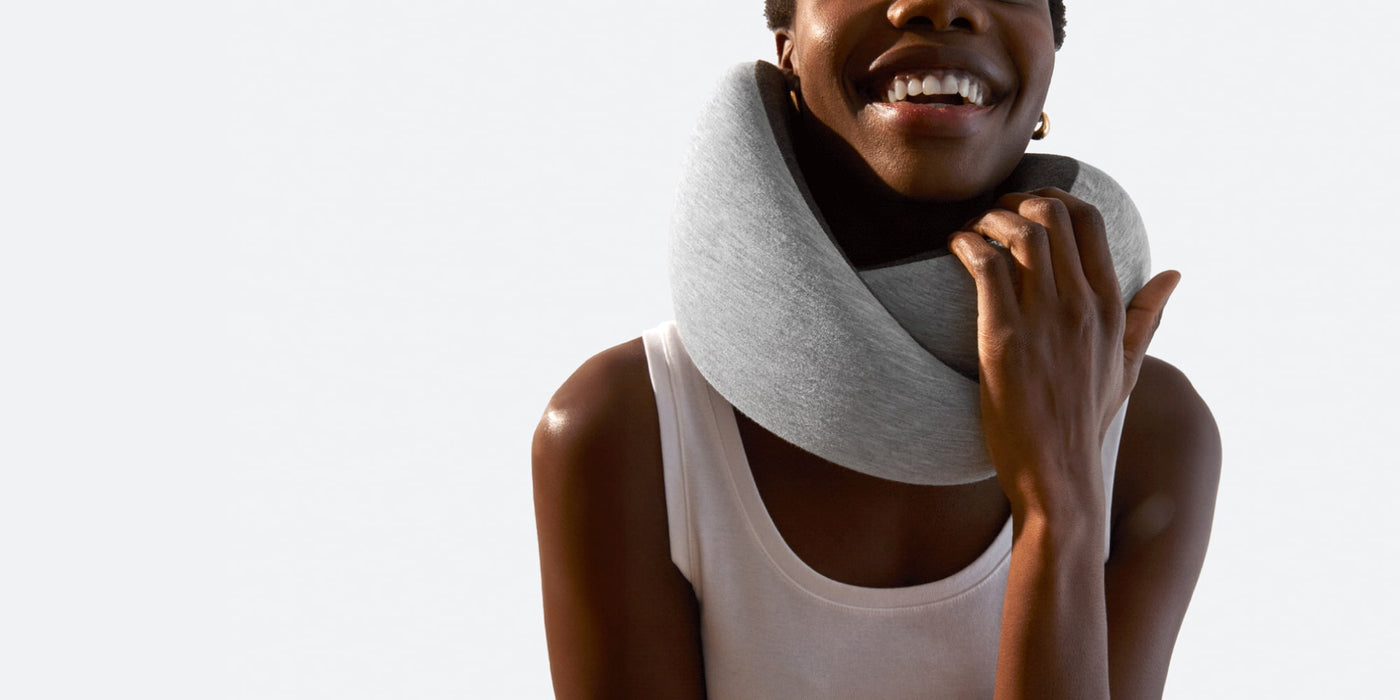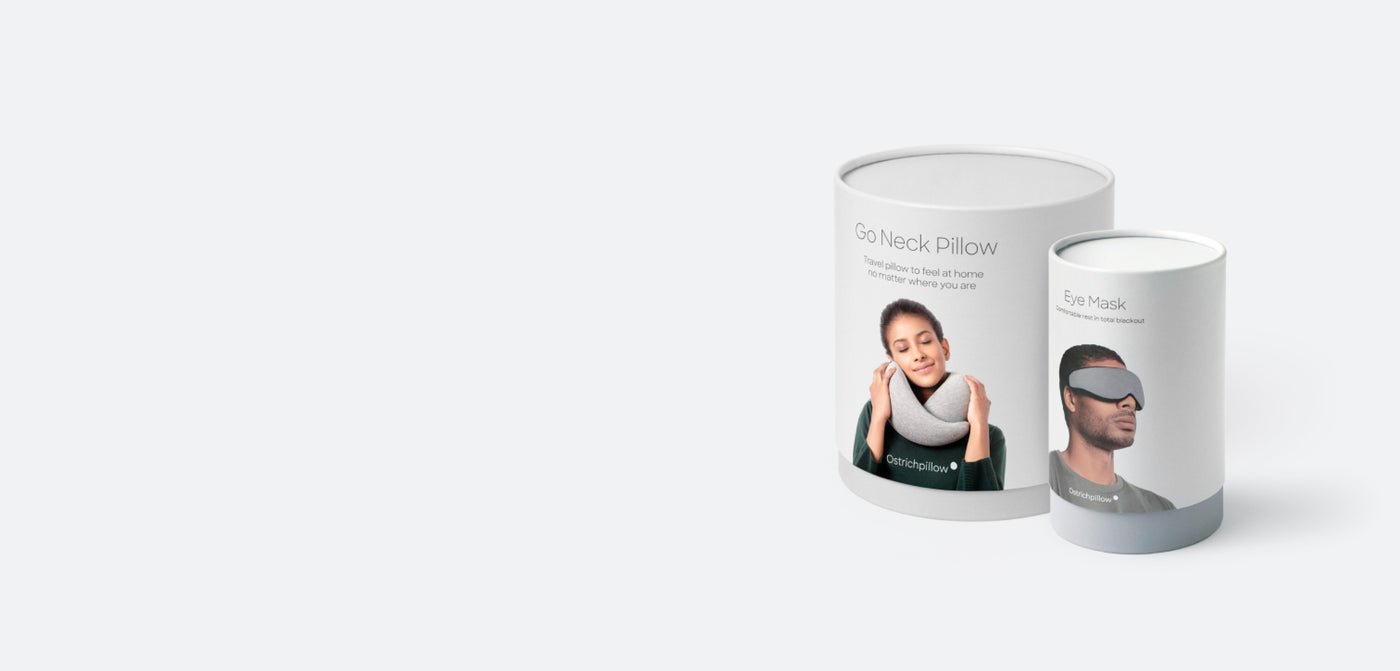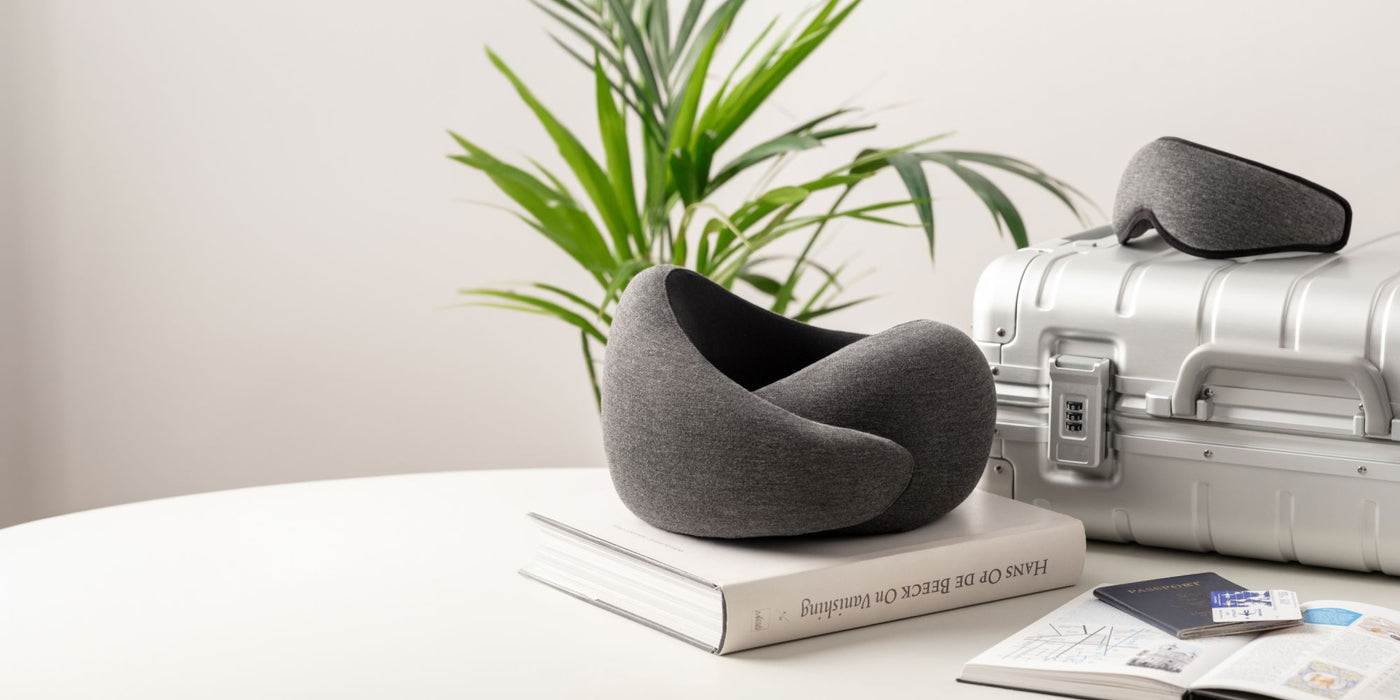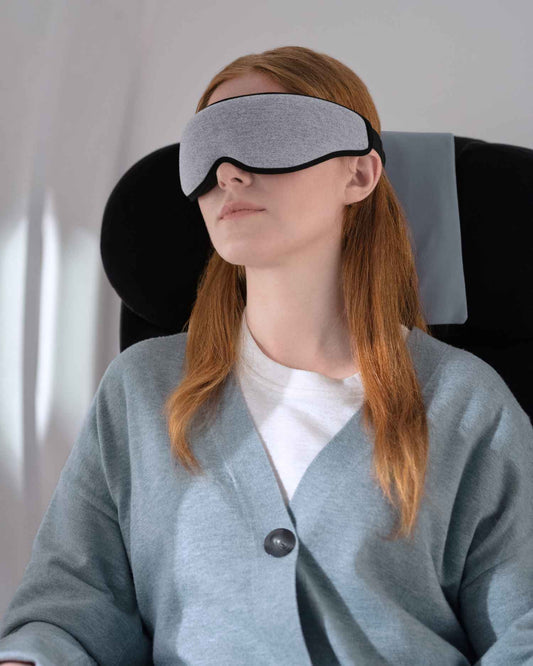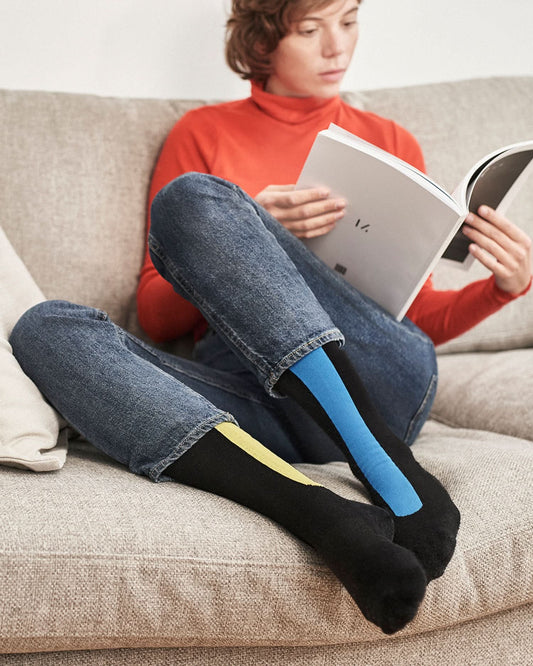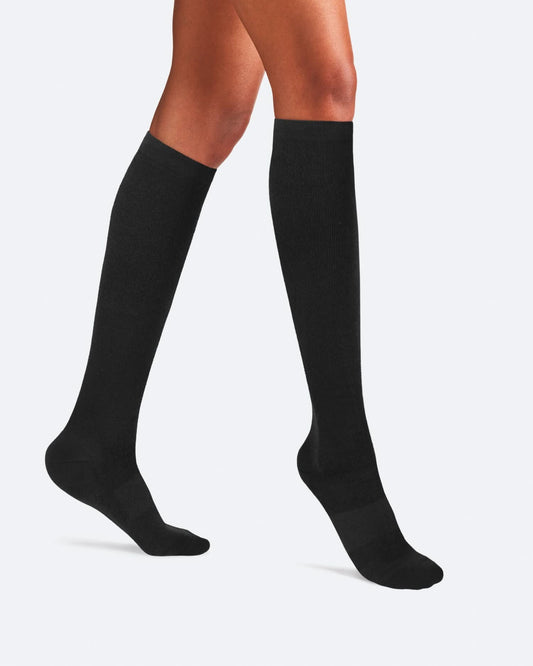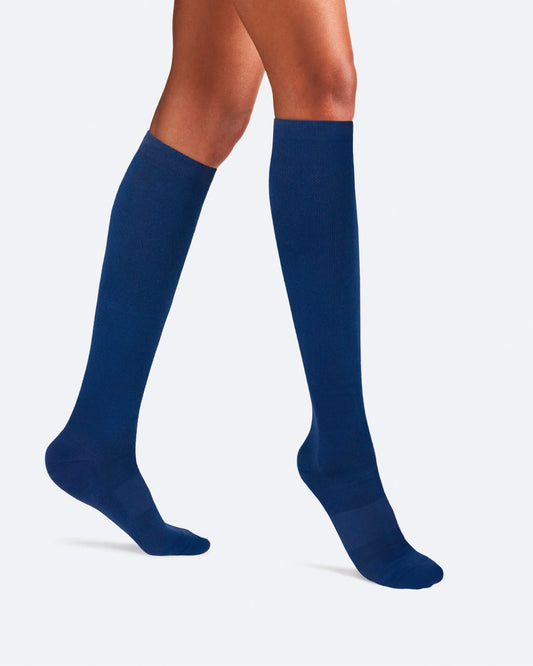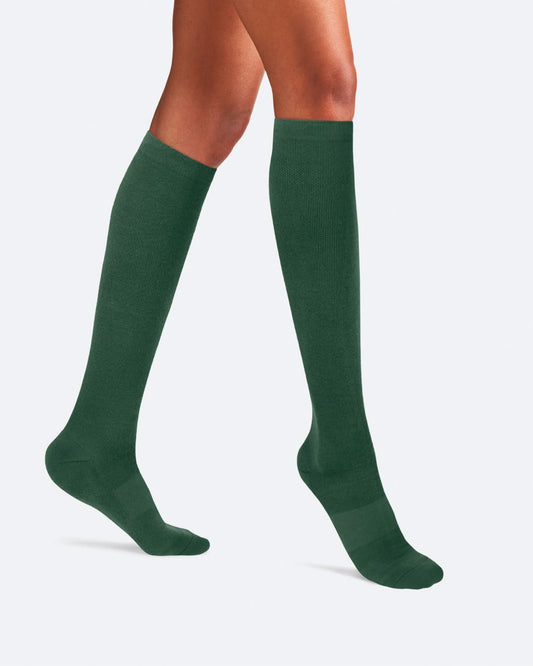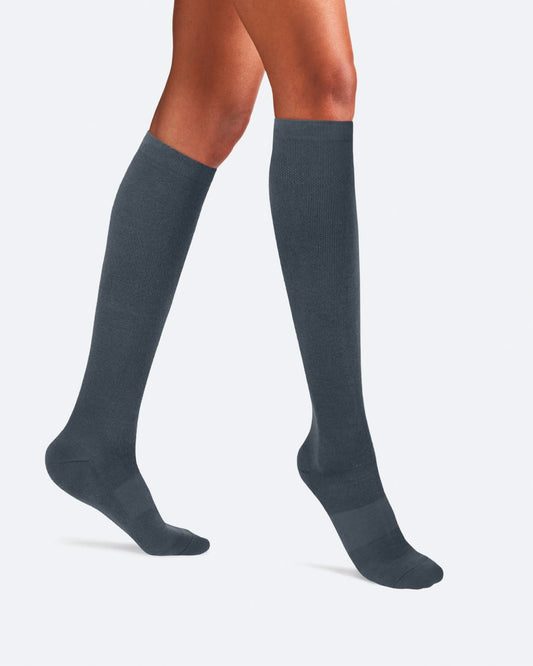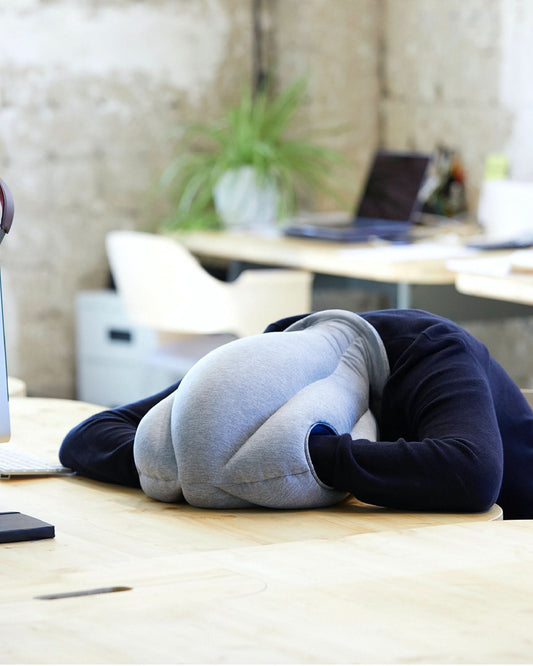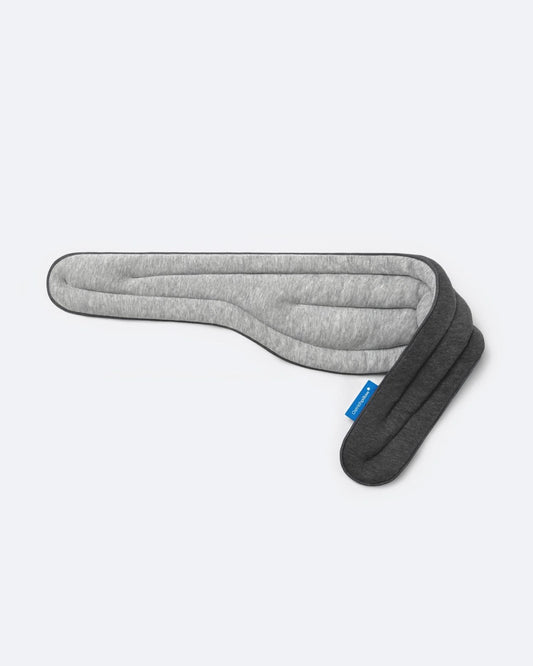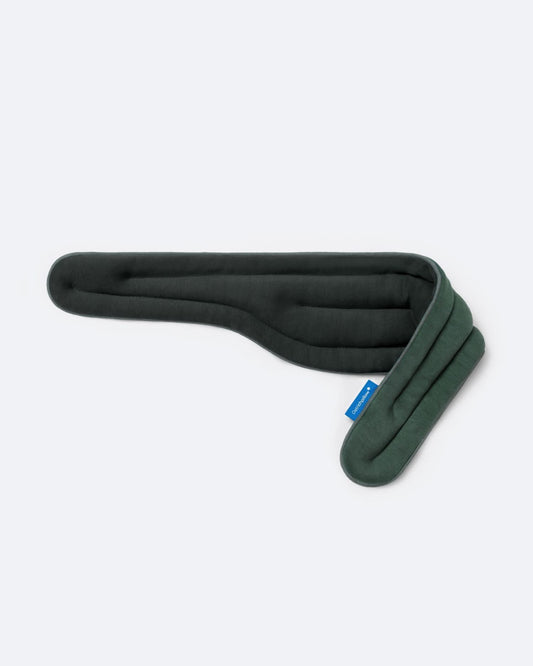Waking up after a brief sleep with a severe headache is common but totally unhealthy. We tell you why it happens and how to remedy it.
Having a headache after a nap seems like a bad cosmic joke. Naps are supposed to make you feel better, rested, alert, fresh... But sometimes, the opposite happens, which is also quite annoying and a setback. Several reasons can lead to this situation and, fortunately, they can be avoided. So sleep will be that pleasant exercise we all enjoy.
My head hurts, but why?
More than a proper condition, like migraines, headaches are usually a symptom that something is not working as it should in our body. The reasons can be very diverse, and although some need a visit to the doctor, those related to napping can be avoided by following a few simple instructions.
Sleeping inertia
This means maybe you're sleeping too much. Or too little. As we told you on another occasion, different nap durations have other uses and consequences. A 30-minute or 60-minute nap interrupts sleep cycles, causing a feeling of dizziness and a headache upon awakening.
Try reducing your rest to 20 minutes or extending it to 90 – if you're so lucky to have all that time. To get the most out of your naps, try using an Original Napping Pillow, an immersive pillow with a revolutionary design that offers absolute comfort right up to your desk.
Snoring and sleep apnea
In addition to being quite annoying – especially for your bed partner – snoring is a risk factor for chronic headaches, as it is abnormal breathing that does not carry all the oxygen needed to the blood. It is closely related to sleep apnea, in which breathing can even stop for several seconds up to five times.
Avoiding heavy snoring can be as simple as using a pillow that keeps the head aligned with the spine or anti-snoring chin straps. But if the problem persists, it's best to tell your doctor.
Bruxism (teeth grinding)
Clenching your jaw unconsciously during your sleep triggers strong headaches, as the muscles in your head are in tension more than they should be. It can also affect the natural movement of the jaw during the day, making even yawning painful.
It is often connected with stress, so meditation and exercise before bedtime are beneficial in preventing it. If it is chronic, a mouthpiece can be a significant help.

Types of headache
If your headaches after a nap persist even after trying the above, the problem may be more profound. The first approach you should take then is trying to identify what type of headache you have. And once again, consult a doctor whenever you have any doubts.
Primary headaches
They are a condition in themselves and are usually treated with medication, so a good diagnosis is mandatory. The most frequent are migraines, characterized by intense pain – such as pins and needles –, partial loss of vision, and speech difficulties, which tend to run in families and chronically. Within this type, we also find tension headaches, located on both sides of the head and whose causes are not clear, and hypnic headaches, also known as 'alarm clock' headaches because they wake people up in the middle of the night.
Secondary headaches
They are those that appear as a symptom of some other problem, reason why to avoid them, it is necessary to attack the origin. This group includes those caused by hangovers, menstruation, and injuries to the head, and those related to excessive caffeine consumption – more than 4 cups a day – or misuse of certain medications, such as aspirin and ibuprofen.

Ostrichpillow.
Self-Care Matters.
Want to feel good?
At Ostrichpillow we're all about Self-Care and wellbeing. Join our community and you'll receive special offers and inspiration fresh to your inbox.
Photo by Liza Summer on Pexels
Photo by Ekaterina Bolovstova on Pexels















